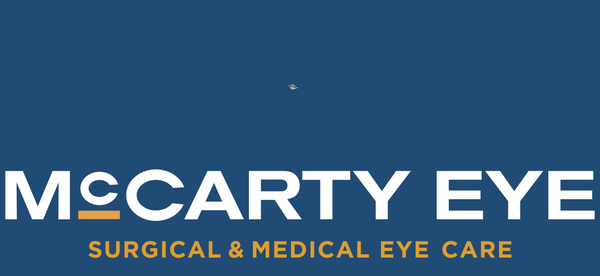After Surgery
After surgery, your eye may feel a little scratchy and may tear. This is normal. Take your pain reliever of choice for any discomfort. If your pain persists and it is severe, you should call the doctor. You will have a post-op exam usually the same day as your surgery. At that appointment, your eye pressure will be checked, and the post-op instructions will be reviewed. Vision will recover at a different rate in everyone. Always bring your drops to your appointments.
Risks of Cataract Surgery
Cataract surgery is usually safe and very successful; however, it is not risk free. You have less than a 1% chance of having one of a multitude of possible complications during surgery or after surgery. I cannot mention all possible complications, but they include infection, swelling or detachment of the retina, iris trauma, persistent swelling of the cornea, among other less common problems that may occur. Most complications are mild and can be treated with additional therapy or surgery. Even with a complication, vision after cataract surgery almost always is noticeably better than with the cataract.
If at any time throughout your cataract surgery process, preoperative and postoperative, that you have questions or concerns, please call the office at 806-351-1177. No question is silly, and no symptom is too small. My goal is for you to have a smooth surgical process and great results.



